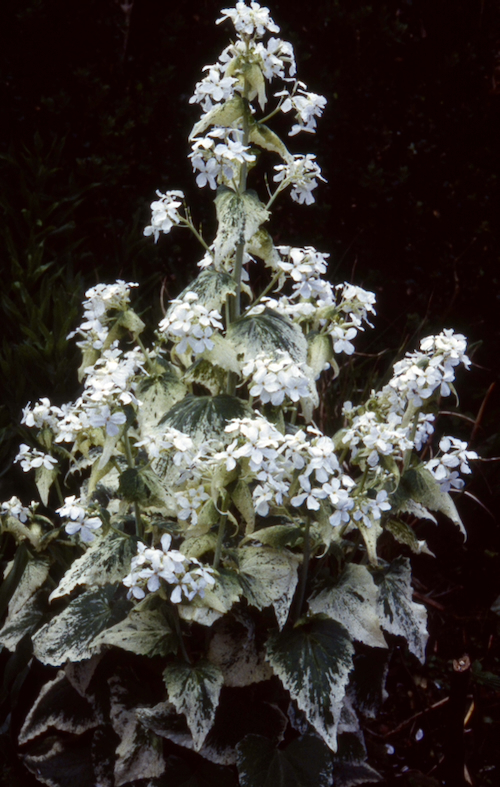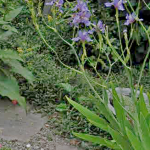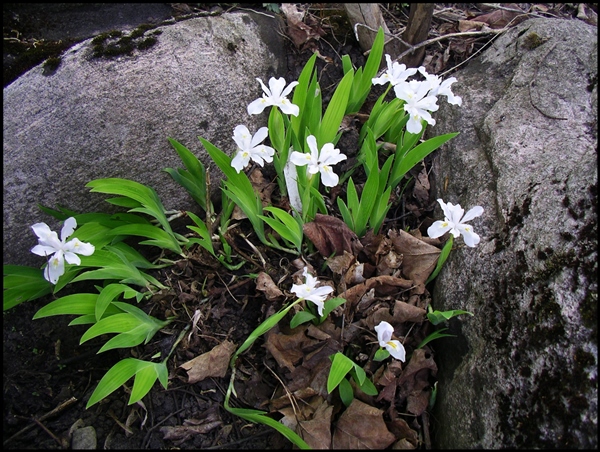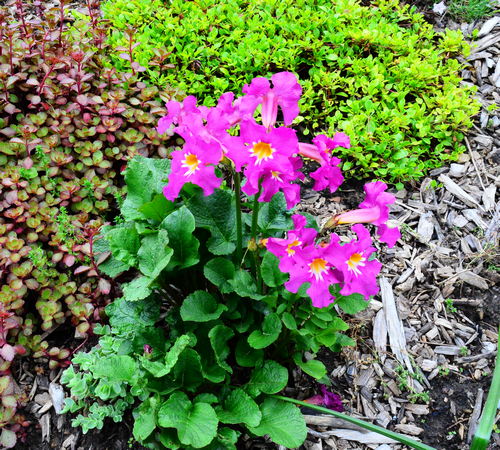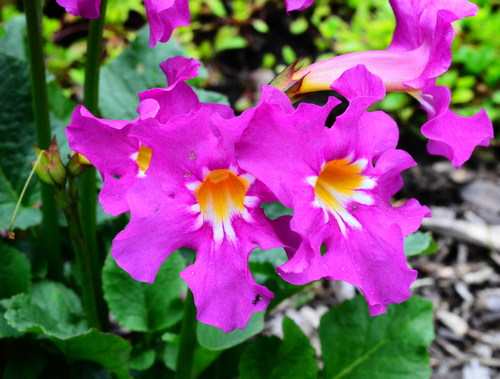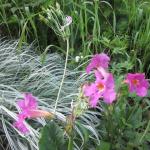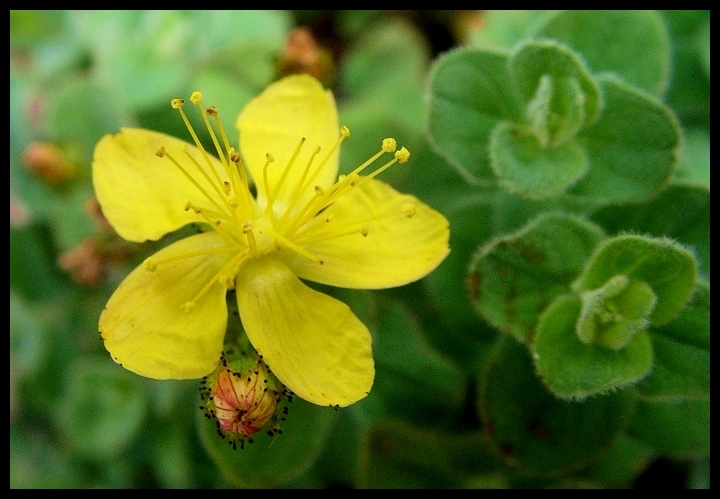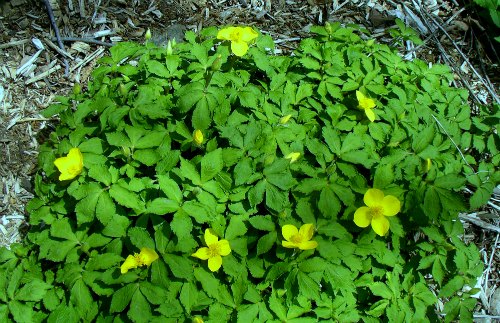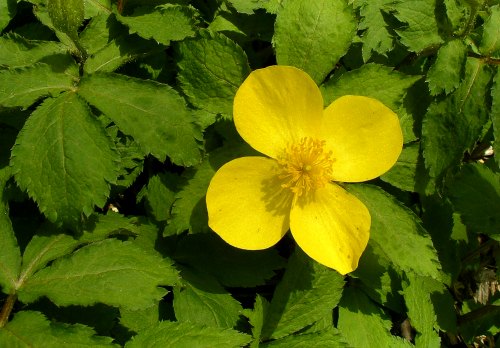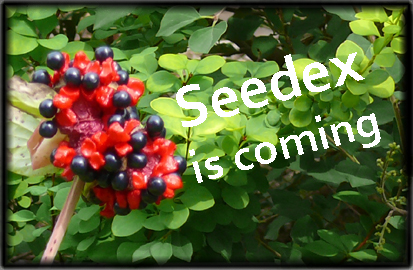(EYE-ris dy-KAW-toh-muh)
General Information:
Known as the vesper iris, the flowers of this plant open at 4:00 pm each day, just in time for evening vespers. This is a collector’s plant; something special for those who like growing plants that none of their gardening buddies have. Although fairly rare in cultavation, the vesper iris is easy to grow and adds a special touch to the garden late in the year when few other plants flower. It flowers for many weeks with each flower remaining open for one day. A well grown plant can have over a hundred flowers.
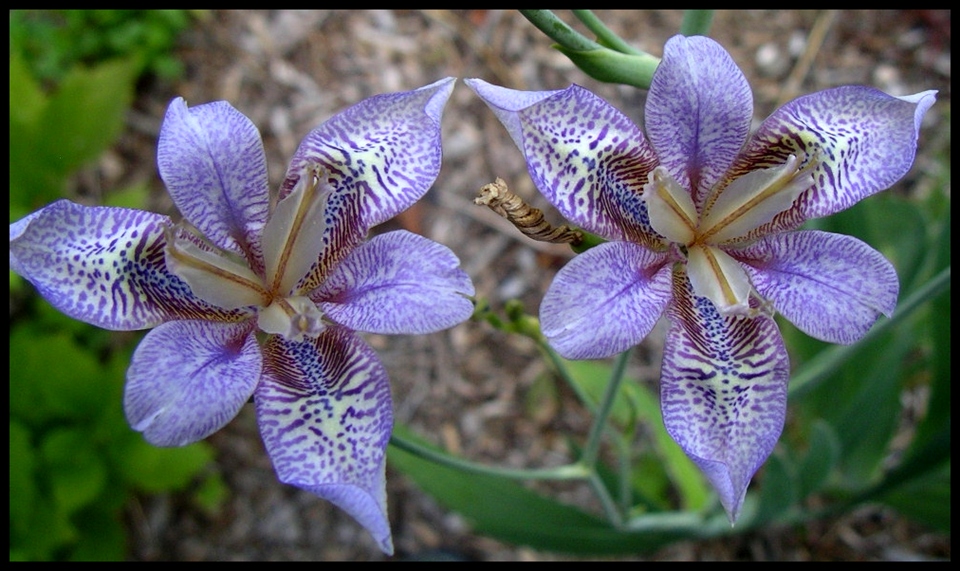
Iris dichotoma; photo by Robert Pavlis
The leaves look a bit like a bearded iris, but it has a definite stem and the sword shaped leaves fan out flat on the sides, reminiscent of a Vanda orchid. This is a perennial but some sources claim that it is short lived. Luckily they grow quickly and easily from seed so you can expect some self seedling. Seedlings can flower the first year.
This plant used to be called an Iris and then it was moved to its own genus and called Pardanthopsis dichotoma. As a result of recent DNA studies it has now been renamed, Iris dichotoma. Many references still use the old name.
The Candy Lily, originally called “x Pardancanda norrisii” is a cross between Pardanthopsis dichotoma and Belamcanda chinensis, the Blackberry Lily. The “x’ in front of the name Pardancanda indicates that it is a man-made primary hybrid between two different genera. Both Pardanthopsis and Belamcanda (now called Iris domestica) have now been moved to the genus Iris, so the scientific name of the Candy Lily also had to be renamed. The proposed name is Iris x norrisii, where the “x” now indicates that it is a man-made primary hybrid between two species.
This is all very confusing so let’s get back to the flowers. Plants with all of the above names are similar looking in both plant and flower structure. Iris dichotoma has flowers that are a definite blue-violet colour. The above picture shows the most common coloration, but it can have darker bars on the petals, and have a much darker violet colour. A white version may exist. Belamcanda are shorter plants and have either red or yellow flowers, usually with spots, and open first thing in the morning. The hybrid flowers have a mixture of colours with or without spots. They are shorter than Iris dichotoma and flowers open earlier in the day. The hybrids seem to be long lived.
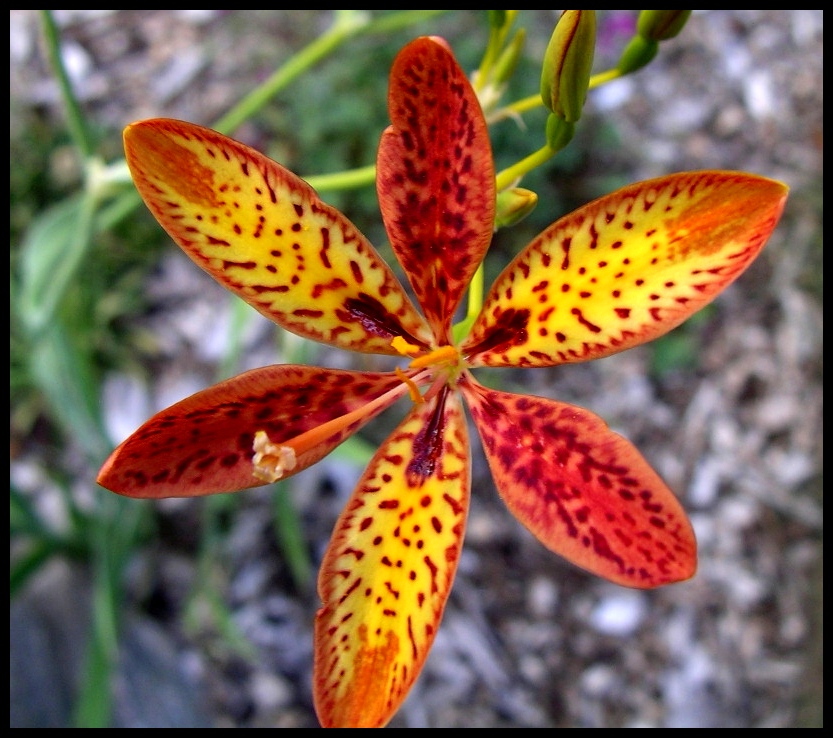
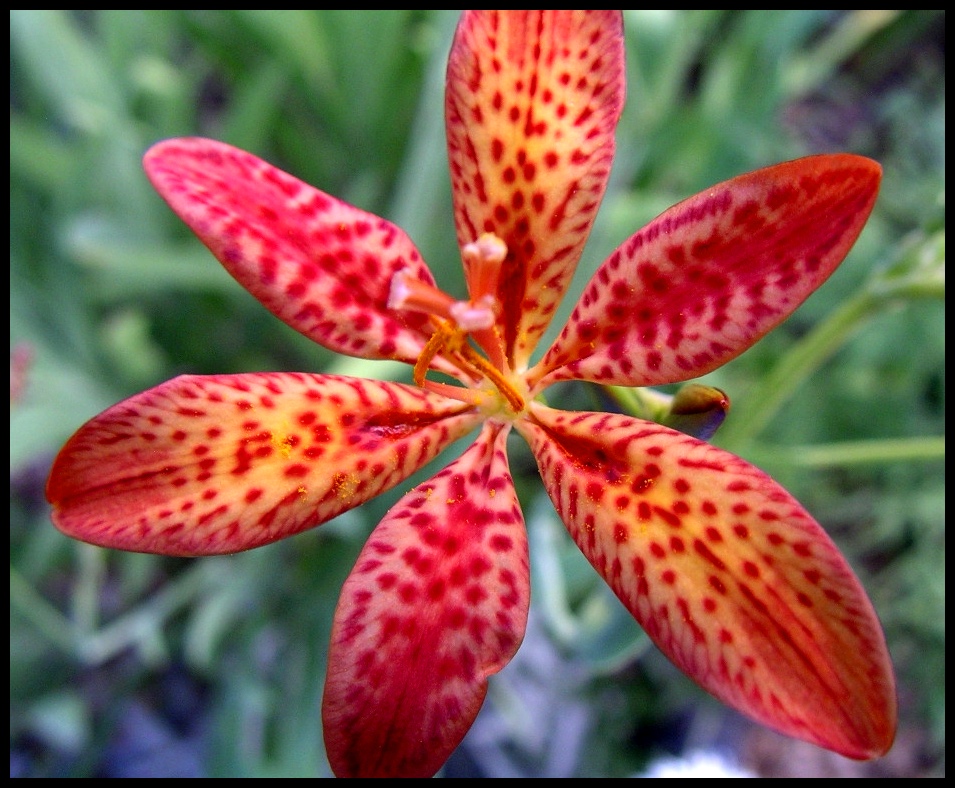
Iris x norrisii; photos by Robert Pavlis
Iris dichotoma has very distinct arms on the flower style. Iris domestica and most hybrids lack this feature, making it a fairly reliable way to confirm the species. Iris dichotoma has brown, elongated seeds whereas Iris domestica and the hybrids have large round black seeds, hence the name Blackberry Lily.
Life Cycle: perennial – short lived
Height: 120 cm (4 ft)
Bloom Time: late summer
Natural Range: Siberia, Mongolia, China
Habitat: moist fertile soil, sandy grasslands, dry sunny areas
Synonyms: Pardanthopsis dichotoma
Cultivation:
Light: full sun
Soil: normal, well draining soil, tolerates a wide range, pH 6.5 - 7.5
Water: drought tolerant once established, but prefers regular watering
USDA Hardiness Zone: 5 – 10
Propagation: seed
Seedex availability (ORG&HPS annual Seed Exchange): available infrequently (will be there in 2012)

